Filter by
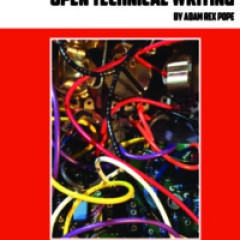
Open Technical Writing: An Open-Access Text for Instruction in Technical and …
This book presents technical writing as an approach to researching and carrying out writing that centers on technical subject matter. Each and every chapter is devoted to helping students understand that good technical writing is situationally-aware and context-driven. Technical writing doesn’t work off knowing the one true right way of doing things—there is no magic report template out the…
- Edition
- 1
- ISBN/ISSN
- -
- Collation
- -
- Series Title
- -
- Call Number
- 500

Writing Instruction Tips For Automated Essay Graders : How To Design an Essay…
As schools, as well as the workplace, become more automated, and remote or distance learning / working becomes the “new normal,” understanding and leveraging artificial intelligence will become a critical skill.
- Edition
- -
- ISBN/ISSN
- -
- Collation
- -
- Series Title
- -
- Call Number
- 411 LAM w
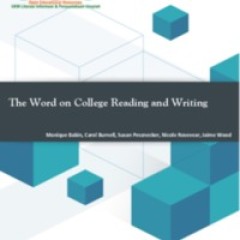
The Word on College Reading and Writing
Written by five college reading and writing instructors, this interactive, multimedia text draws from decades of experience teaching students who are entering the college reading and writing environment for the very first time. It includes examples, exercises, and definitions for just about every reading- and writing-related topic students will encounter in their college courses.
- Edition
- -
- ISBN/ISSN
- -
- Collation
- -
- Series Title
- -
- Call Number
- 400 BUR w
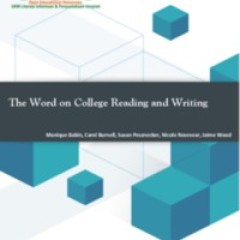
The Word on College Reading and Writing
Written by five college reading and writing instructors, this interactive, multimedia text draws from decades of experience teaching students who are entering the college reading and writing environment for the very first time. It includes examples, exercises, and definitions for just about every reading- and writing-related topic students will encounter in their college courses.
- Edition
- -
- ISBN/ISSN
- -
- Collation
- -
- Series Title
- -
- Call Number
- 420 BAB w
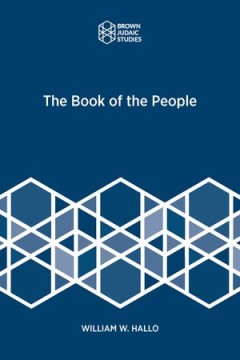
The Book of the People
This volume is an accessible commentary to the Torah, putting each of the books into its ancient Near Eastern context.
- Edition
- -
- ISBN/ISSN
- 9781951498276
- Collation
- -
- Series Title
- -
- Call Number
- -
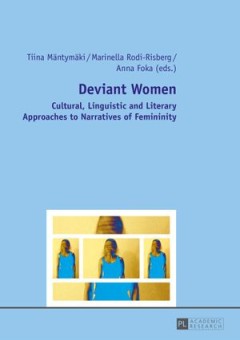
Deviant Women Cultural, Linguistic and Literary Approaches to Narratives of …
This multidisciplinary collection of articles illuminates the ways in which the concept of female deviance is represented, appropriated, re-inscribed and refigured in a wide range of texts across time, cultures and genres. Such a choice of variety shows that representations of deviance accommodate meaning-making spaces and possibilities for resistance in different socio-cultural and literary co…
- Edition
- -
- ISBN/ISSN
- 9783653033199
- Collation
- -
- Series Title
- -
- Call Number
- -
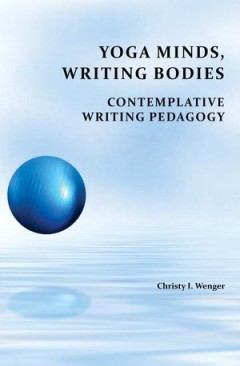
Yoga Minds, Writing Bodies: Contemplative Writing Pedagogy, Perspectives On W…
n Yoga Minds, Writing Bodies, Christy Wenger argues for the inclusion of Eastern-influenced contemplative education within writing studies. She observes that, although we have "embodied" writing education in general by discussing the rhetorics of racialized, gendered and disabled bodies, we have done substantially less to address the particular bodies that occupy our classrooms. She proposes th…
- Edition
- -
- ISBN/ISSN
- 9781602356610
- Collation
- -
- Series Title
- -
- Call Number
- 372.4
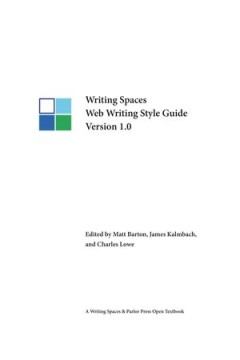
Writing Spaces Web Writing Style Guide
The Writing Spaces Web Writing Style Guide was created as a crowdsourcing project of Collaborvention 2011: A Computers and Writing Unconference. College writing teachers from around the web joined together to create this guide (see our Contributors list). The advice within it is based on contemporary theories and best practices. While the text was originally written for students in undergrad…
- Edition
- -
- ISBN/ISSN
- -
- Collation
- -
- Series Title
- -
- Call Number
- 372.4

Writing Spaces: Readings On Writing Volume 2
Volumes in Writing Spaces: Readings on Writing offer multiple perspectives on a wide-range of topics about writing. In each chapter, authors present their unique views, insights and strategies for writing by addressing the undergraduate reader directly. Drawing on their own experiences, these teachers-as-writers invite students to join in the larger conversation about the craft of writing. Cons…
- Edition
- volume 2
- ISBN/ISSN
- -
- Collation
- -
- Series Title
- -
- Call Number
- 372.6
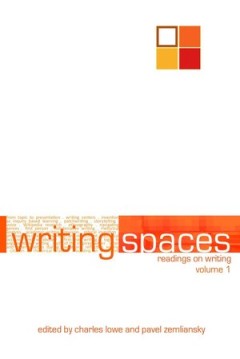
Writing Spaces: Readings On Writing
Volumes in Writing Spaces: Readings on Writing offer multiple perspectives on a wide-range of topics about writing, much like the model made famous by Wendy Bishop’s “The Subject Is . . .” series. In each chapter, authors present their unique views, insights and strategies for writing by addressing the undergraduate reader directly. Drawing on their own experiences, these teachers-as-writ…
- Edition
- volume 1
- ISBN/ISSN
- -
- Collation
- -
- Series Title
- -
- Call Number
- 372.6
 Computer Science, Information & General Works
Computer Science, Information & General Works  Philosophy & Psychology
Philosophy & Psychology  Religion
Religion  Social Sciences
Social Sciences  Language
Language  Pure Science
Pure Science  Applied Sciences
Applied Sciences  Art & Recreation
Art & Recreation  Literature
Literature  History & Geography
History & Geography